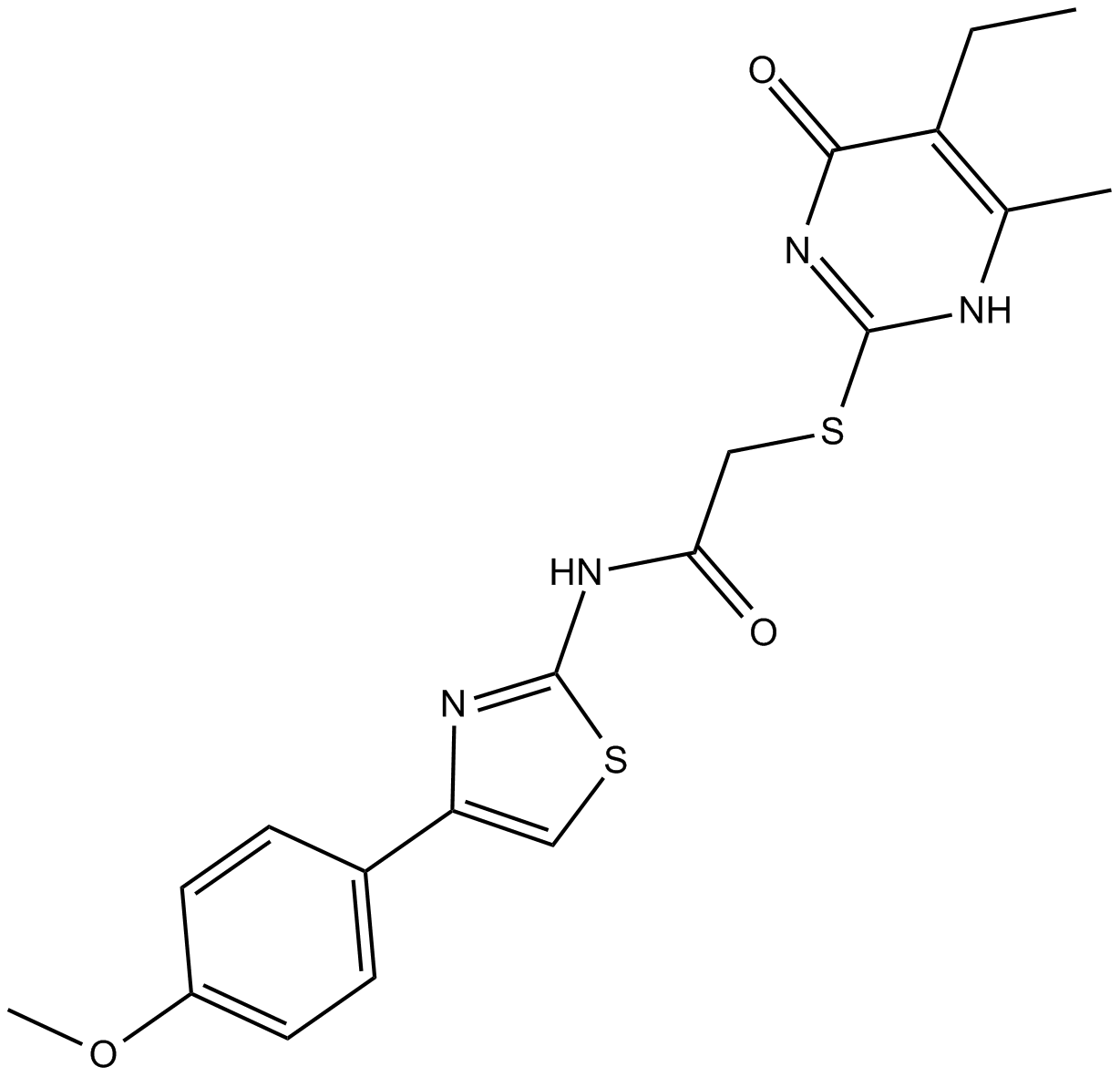Chloride Channel
Chloride channels represent a relatively under-explored target class for drug discovery as elucidation of their identity and physiological roles has lagged behind that of many other drug targets. Chloride channels are involved in a wide range of biological functions, including epithelial fluid secretion, cell-volume regulation, neuroexcitation, smooth-muscle contraction and acidification of intracellular organelles. Mutations in several chloride channels cause human diseases, including cystic fibrosis, macular degeneration, myotonia, kidney stones, renal salt wasting and hyperekplexia. Chloride-channel modulators have potential applications in the treatment of some of these disorders, as well as in secretory diarrhoeas, polycystic kidney disease, osteoporosis and hypertension.
Chloride channel accessory proteins, also known as calcium-activated chloride channel regulators (CLCA proteins), are a family of transmembrane proteins that have been suggested to have a role in chloride conductance in epithelial cells.
Ziele für Chloride Channel
Produkte für Chloride Channel
- Bestell-Nr. Artikelname Informationen
-
GC19021
Adjudin
Adjudin ist ein umfassend untersuchtes VerhÜtungsmittel fÜr MÄnner mit einer Überlegenen mitochondrienhemmenden Wirkung. Adjudin ist auch ein starker Cl-Kanalblocker.
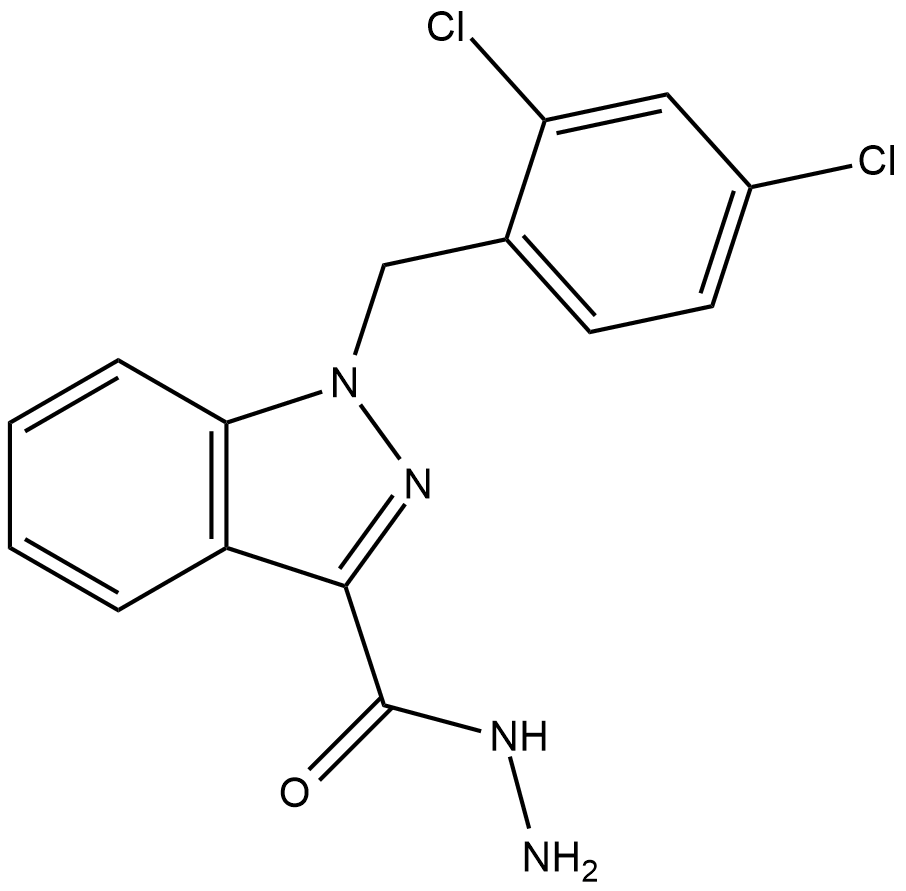
-
GC46086
Ani 9
Ani 9 ist ein potenter und selektiver Blocker des Transmembranproteins 16A (TMEM16A, Anoctamin-1) mit einem IC50 von 77 nM.

-
GC14768
CaCCinh-A01
CaCCinh-A01 ist ein Inhibitor sowohl von TMEM16A als auch des Calcium-aktivierten Chloridkanals (CaCC) mit IC50-Werten von 2,1 bzw. 10 μM.
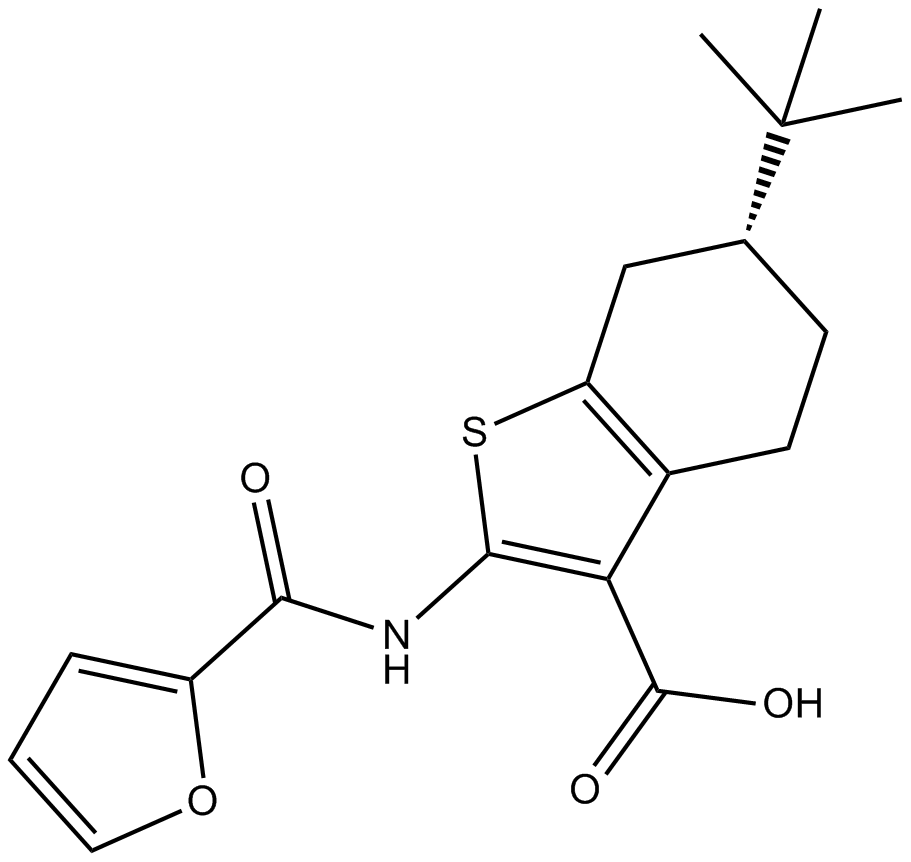
-
GC33024
Chlorotoxin
Chlorotoxin ist ein 36 Aminosäuren umfassendes Peptid aus dem Gift des israelischen Skorpions Leiurus quinquestriatus mit antikarzinogener Wirkung. Chlorotoxin blockiert Chloridkanäle.
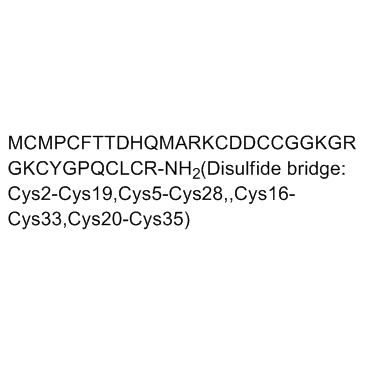
-
GC38498
Chlorotoxin (TFA)
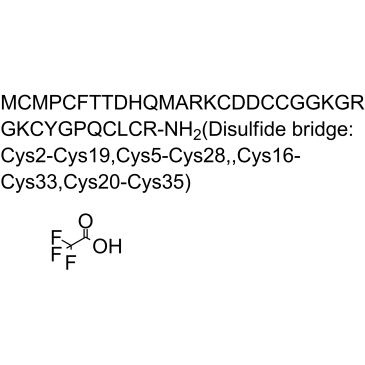
-
GC14073
DCPIB
DCPIB ist ein selektiver, reversibler und potenter Inhibitor volumenregulierter AnionenkanÄle (VRAC).
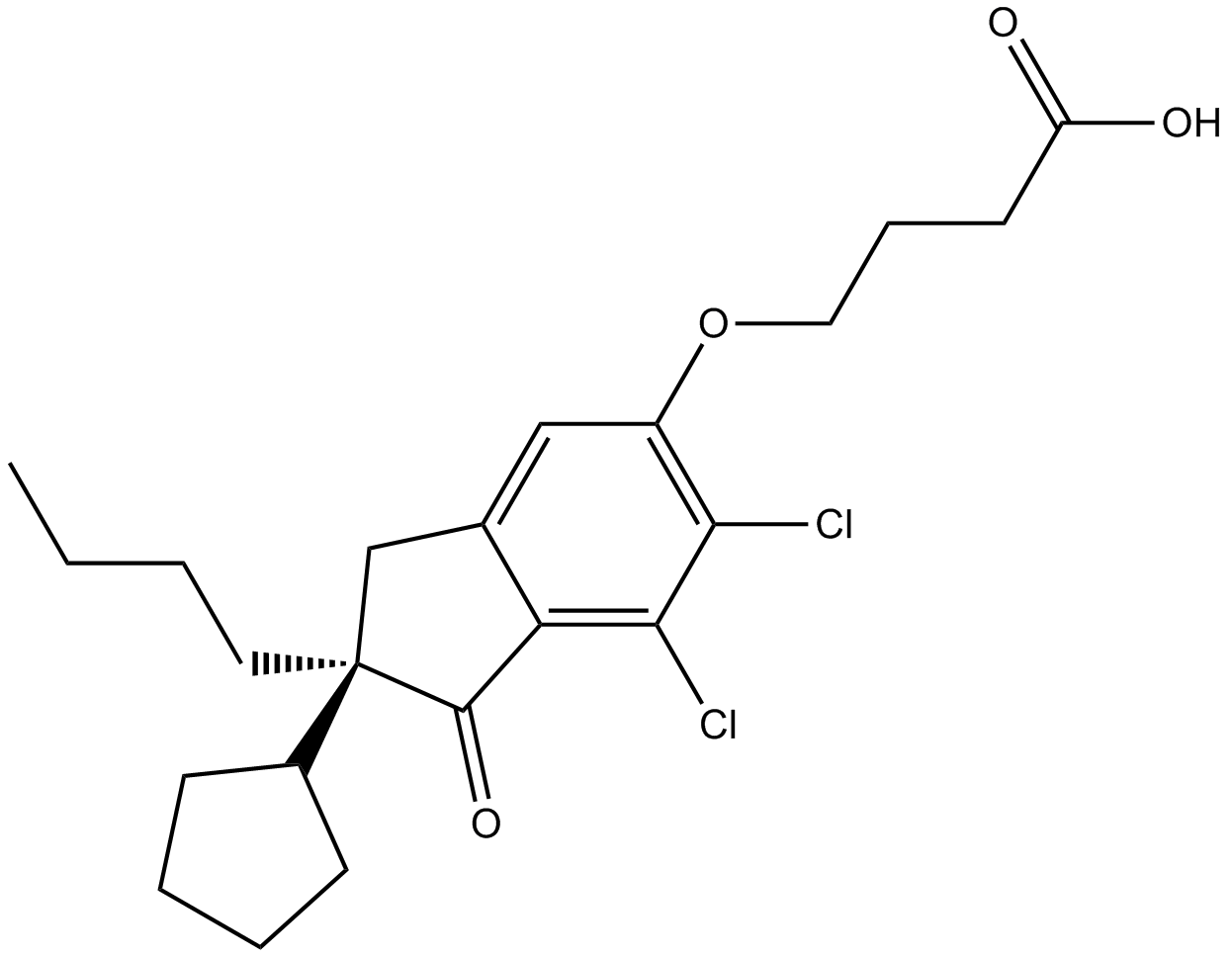
-
GC18142
Eact
Eact ist ein selektiver und potenter Aktivator von TMEM16A, aktiviert direkt die TRPV1-KanÄle in sensorischen Nozizeptoren und erzeugt Juckreiz, akute Nozizeption und thermische Überempfindlichkeit.
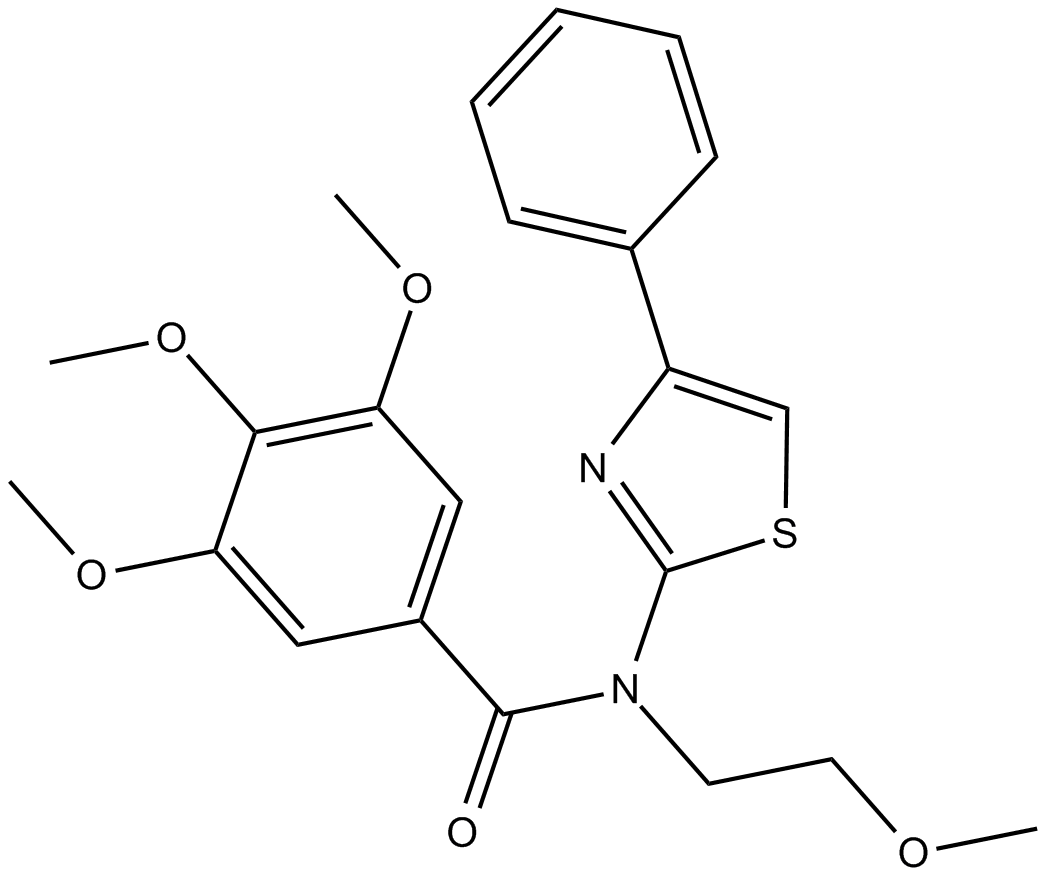
-
GC34574
Endovion
Endovion (NS3728) ist ein pharmakologischer Anionenkanal-Inhibitor (wie Chloridkanal) und der spezifische VRAC/VSOAC-Blocker.
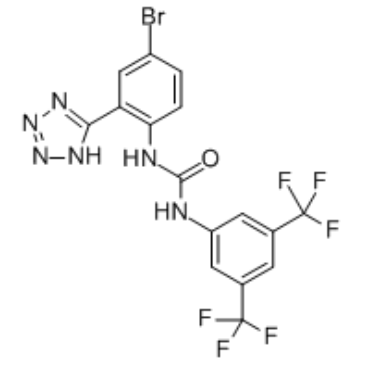
-
GC60834
Fenamic acid
FenaminsÄure (N-PhenylanthranilsÄure, NPAA) ist ein oral wirksamer Chloridkanalblocker.
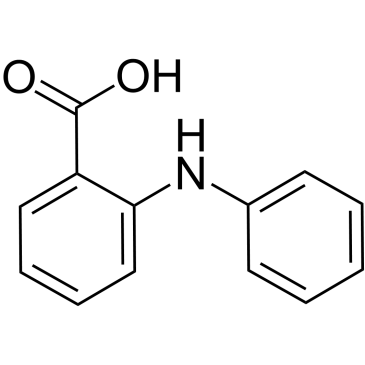
-
GC13466
Flufenamic acid
FlufenaminsÄure ist ein nicht-steroidales entzÜndungshemmendes Mittel, hemmt die Cyclooxygenase (COX), aktiviert AMPK und moduliert auch IonenkanÄle, blockiert ChloridkanÄle und L-Typ-Ca2+-KanÄle und moduliert nicht-selektive KationenkanÄle (NSC). , Aktivierung von K+ KanÄlen.
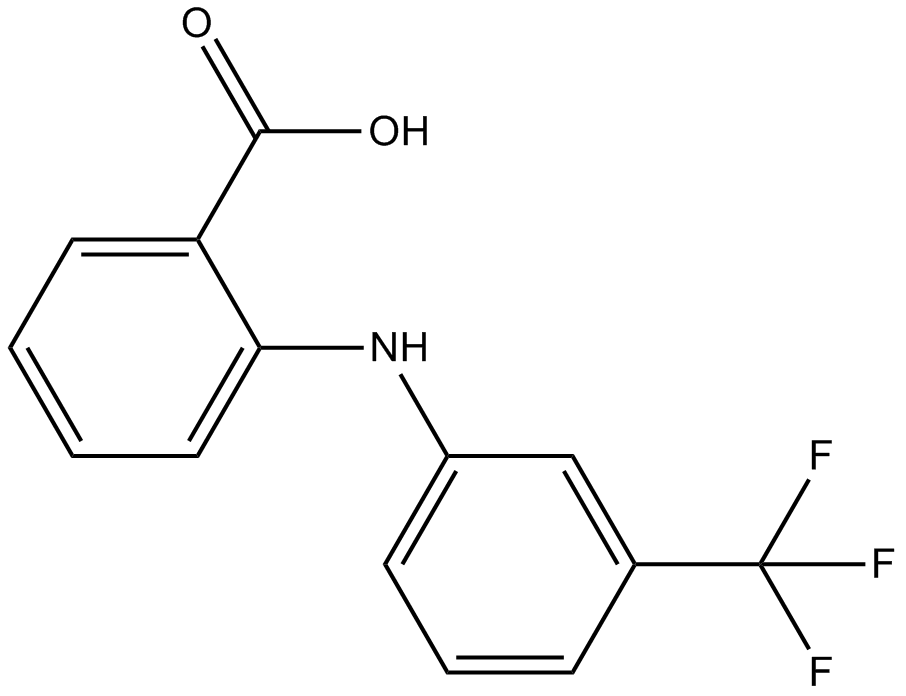
-
GC30555
H100
H100 ist ein Inhibitor des Cl-Transports mit partieller Wirkung sowohl gegen den NaK2Cl-Cotransporter als auch den Band 3-Anionenaustauscher, aber ohne Wirkung gegen den KCl-Cotransporter in menschlichen Erythrozyten.
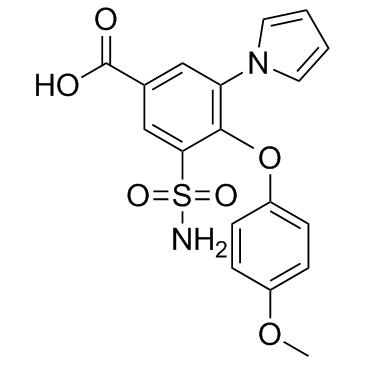
-
GC15308
IAA-94
IAA-94 (R(+)-Methylindazon) ist ein potenter IndanyloxyessigsÄureblocker von epithelialen ChloridkanÄlen.
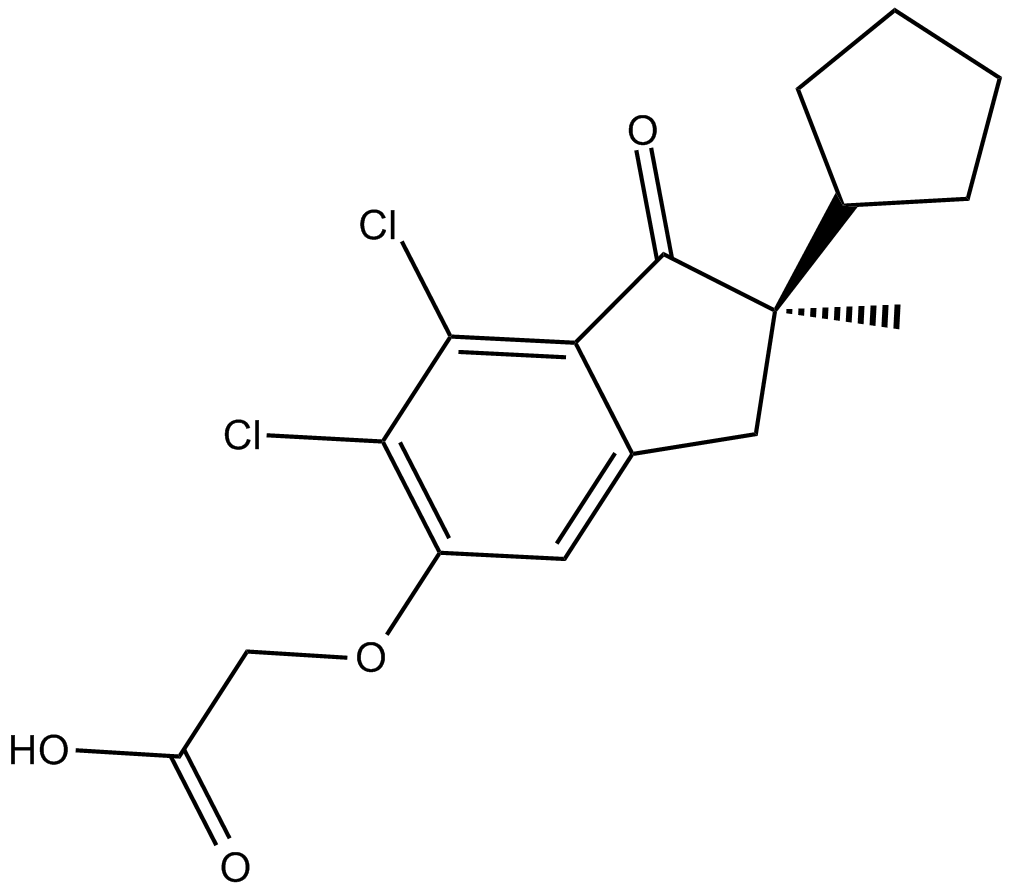
-
GC63514
Irisolidone
Irisolidon ist ein wichtiges Isoflavon, das in Pueraria lobata-BlÜten vorkommt.
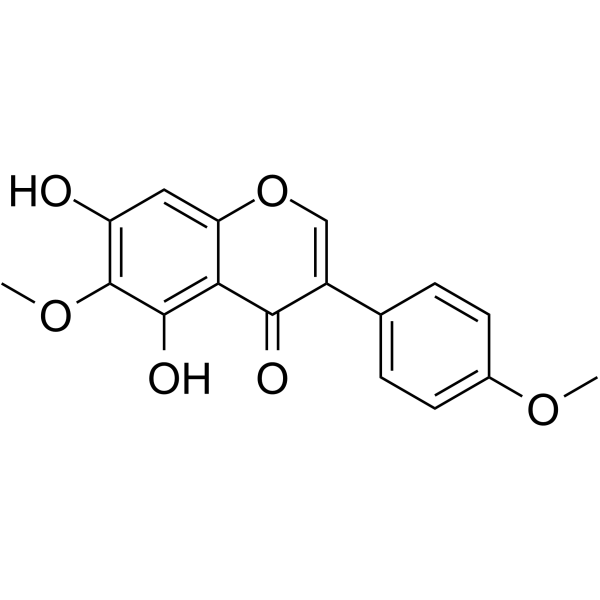
-
GC16890
Lubiprostone
Lubiproston (SPI-0211; RU0211) ist ein Magen-Darm-Mittel zur Behandlung von idiopathischer chronischer Verstopfung.
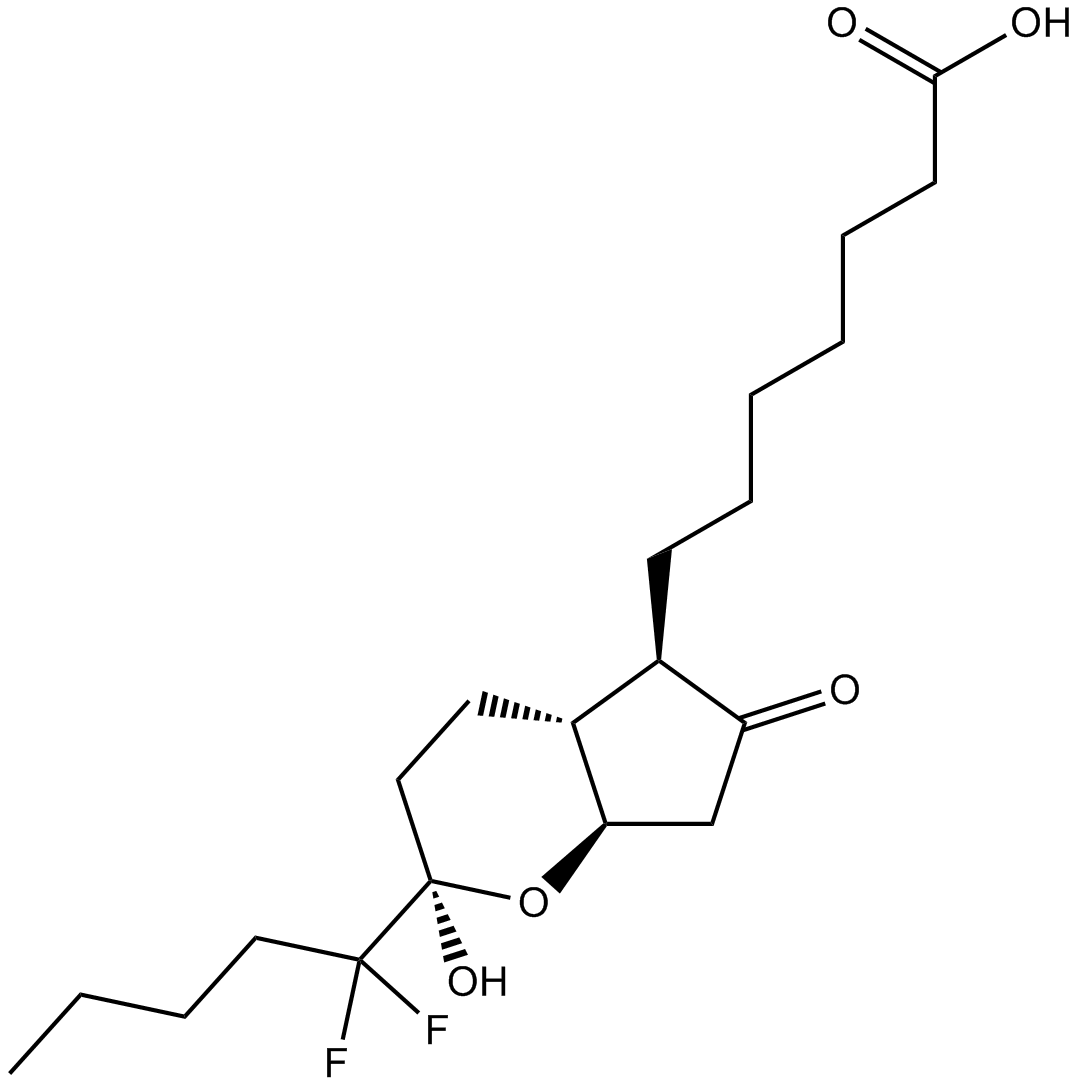
-
GC11069
Meticrane
Meticrane ist ein Diuretikum.
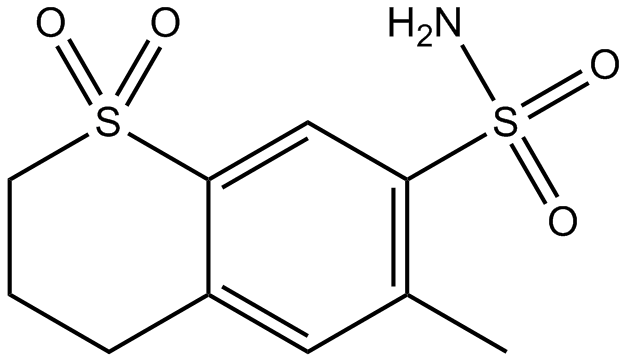
-
GC18358
MONNA
MONNA ist ein potenter Blocker des Transmembranproteins 16A (TMEM16A, Anoctamin-1) mit einer IC50 von 80 nM.
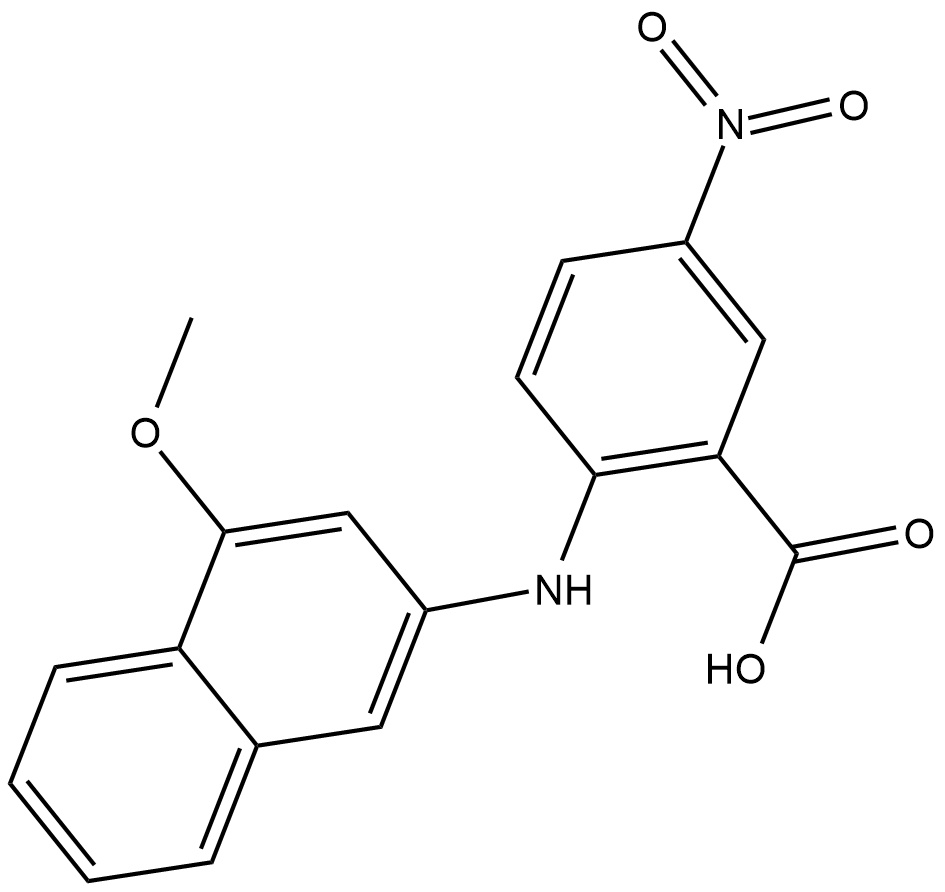
-
GC16564
Niflumic acid
NiflumsÄure, ein Ca2+--aktivierter Cl-Kanalblocker, ist ein analgetisches und entzÜndungshemmendes Mittel, das zur Behandlung von rheumatoider Arthritis verwendet wird.
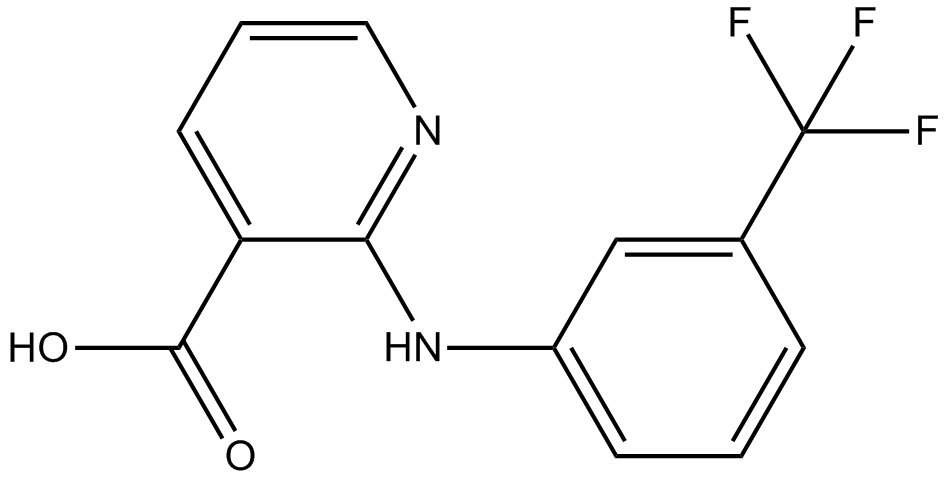
-
GC14268
NPPB
NPPB ist ein Blocker des nach außen gleichrichtenden Chloridkanals (ORCC).
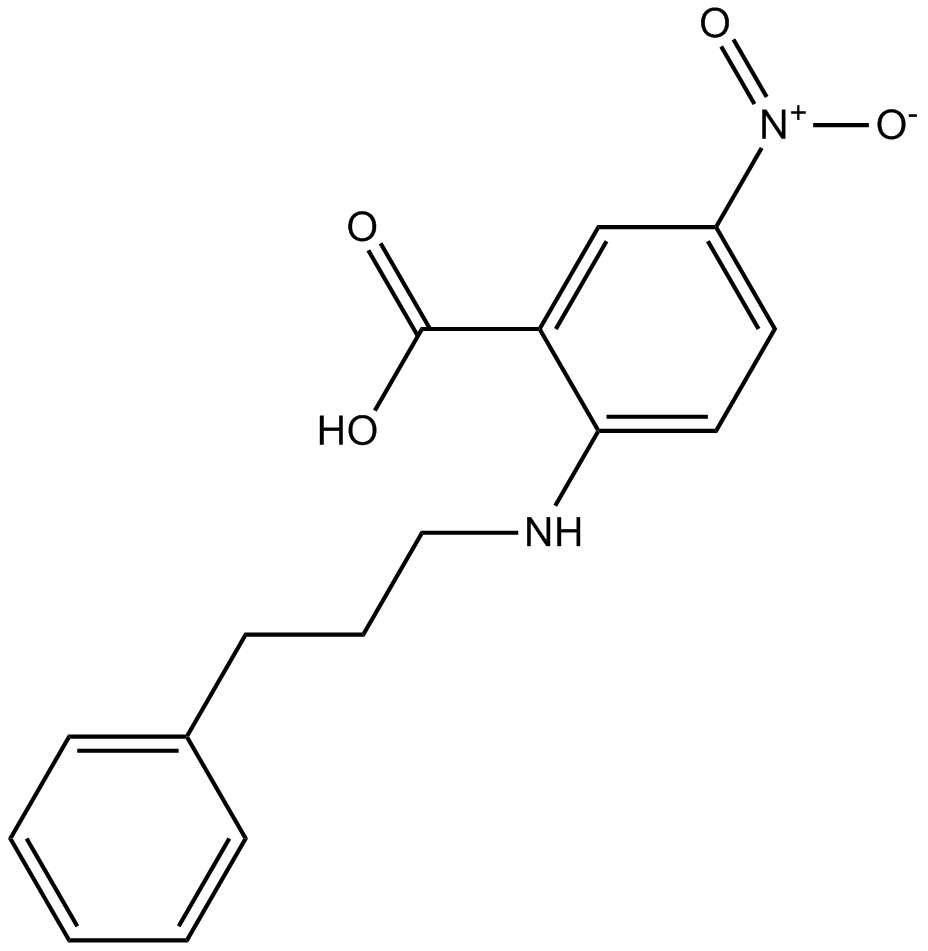
-
GC31133
NS1652
NS1652 ist ein reversibler AnionenleitfÄhigkeitsinhibitor, der den Chloridkanal blockiert, mit einem IC50 von 1,6 μM in roten BlutkÖrperchen von Mensch und Maus.
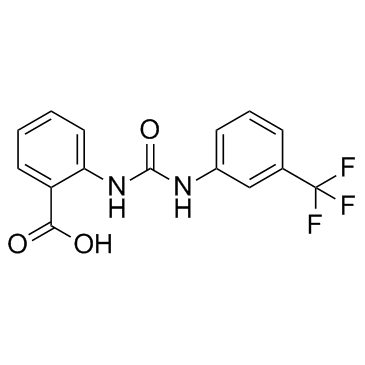
-
GC61186
Picrotoxinin
Picrotoxinin, ein starkes Krampfmittel, ist ein Chloridkanalblocker.
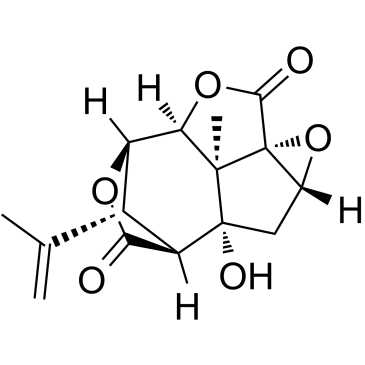
-
GN10216
Shikonin
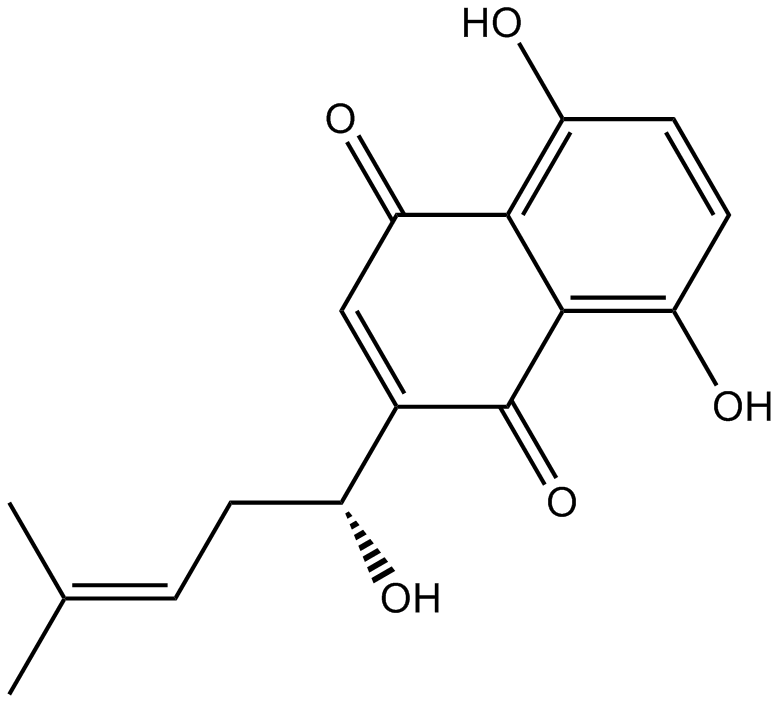
-
GC65406
T16A(inh)-C01
T16A(inh)-C01 ist ein Inhibitor von TMEM16A (ANO1).

-
GC17930
T16Ainh - A01
T16Ainh - A01, ein Aminophenylthiazol, ist ein potenter Inhibitor des Transmembranproteins 16A (TMEM16A), der TMEM16A-vermittelte Chloridströme mit einem IC50-Wert von ~1 µM hemmt.
